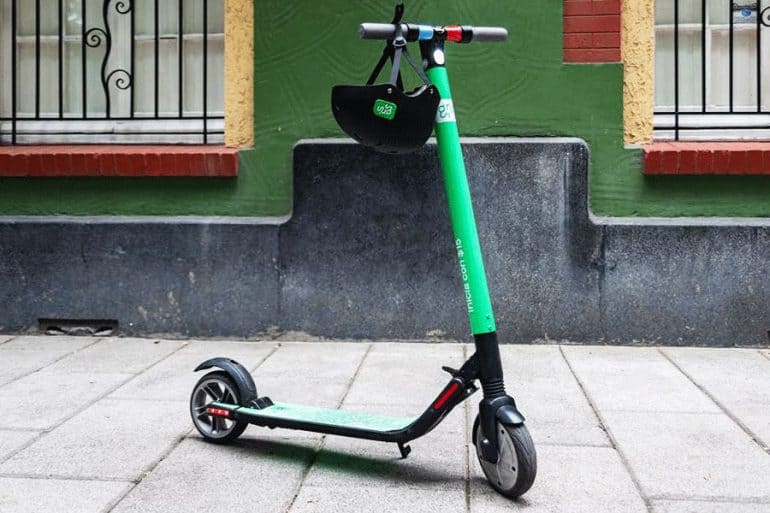Contxto – I love Grin. Not just in terms of product but also execution. In fact, the startup is killing it.
Today, Grow, the merger between Grin, Yellow and Flinto, announced it reached 10 million trips throughout the 23 Latin American cities where it operates. It’s noteworthy to mention this is also the company’s first year of operations. Impressive.
In Summary
What’s fascinating is that Grin gave its competitors, Bird and Lime, a run for their money. Not only did Grin match them in terms of growth within the first year but it also outshined the two San Francisco-based brands when it came to usage in its native Mexico City.
Back in September, both Bird and Lime’s numbers saw the light. Bird reached the very same 10 million rides in one year while Lime reached a bit above at 11.5 million within its first 14 months.
Fintonic, a personal finance app, released a study comparing the brands in terms of average rides and money spent. Findings revealed Grin overruled the other two in volume, perhaps also due to lower costs.
Yes, results may be biased, and it was not approached in a strictly Francis Bacon way, but it still says something about users’ preferences.
In-Depth
According to the Fintonic report, Grin placed itself as a leader in user preference. Among the 50 thousand plus Fintonic users, Grin recorded 22 thousand trips with an average cost of 30 pesos.
Lime Scooters came in second with 6,500 trips in almost six months and average trips costing 97 pesos. Threefold the price of Grin. Finally, Bird placed in third with 2,900 rides and trips equating to an average of 83 pesos.
This is not surprising based on the fast-paced journey of Grin. In just about a year, it managed to join Y Combinator’s 2018 Summer Batch, raised a total of US$150 million, as well as acquired and merged with a variety of other startups. These include Ride from Brazil, Mono from Uruguay, Yellow also from Brazil and even Flinto, a Mexican payments startup.
Grin has reported five million monthly active users across all of these different products and platforms. Overall, users have collectively traveled around 14 million kilometers.
Let’s also remember that the Department of Mobility (Semovi) in Mexico’s capital determined that scooter startups, as well as those of bicycles without specific pick and drop stations, must pay a fee for each unit available. In the case of scooters, specifically, the maximum amount of permissible street units is capped to 3,500 units.
When it comes to mobility, Latin America is the perfect market for low-cost alternatives. With dense populations, cities spanning long distances, and antiquated road infrastructure, scooters arrived to help people commute more effectively and entertainingly.
In general, Latin America is a highly-urbanized region. Sources say that 80 percent of the population lives in urban areas with studies suggesting that it will grow up to 90 percent by 2050. Improved urban mobility options will certainly become a necessity, especially to avoid worsening traffic congestion.
Keeping this in mind, Lime announced plans to grow throughout the region. Lime already has a presence in Mexico City and Santiago but is also strengthening operations in Brazil, Argentina, Colombia and Peru.
Say whatever you want about scooters but you can’t deny the number of benefits they are generating. Not only do they encourage fewer cars to be on the road but also *fewer* carbon emissions than internal combustion engines. Yes, they may not be exempt from taking up space. Sometimes they are even irresponsibly left in random places. However, cars are prone to the same type of accidents, too.
Even in terms of projected market growth, the figures are pretty astounding. For example, Business Wire predicts that the electronic scooter market could become as valuable as US$28.56 billion by 2025.
Banning scooters doesn’t seem to be the answer to the problems generated by these companies themselves. Joint efforts from municipal authorities and proper user guidelines are long-hanging fruits to at least start out with. Many people still will not like them.
Regardless, let’s pause and ask ourselves – are the negative effects outnumbering the positive? Are scooters a worse alternative than cars? Personally, I don’t think so.
-VC






